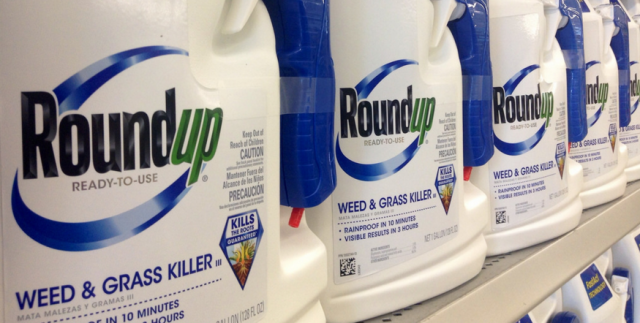
Health education combined with general practitioner (GP) training in managing blood pressure delayed decline of kidney function and lowered the risk of death from kidney failure in individuals with hypertension, according to an extended analysis of the COBRA* study.
“Our findings indicate that public health interventions using effective lifestyle modification approaches and training of providers in a primary care setting can yield long-term benefits for preserving kidney function,” said lead author Dr. Tazeen Jafar, a professor of Health Services and Systems Research at the Duke-NUS Graduate Medical School in Singapore, Singapore.
The study included 1,271 hypertensive individuals aged ≥40 years from low-income communities in Pakistan. The participants were randomly assigned to a control group, which received standard care, or an intervention group, which received health education emphasising healthy lifestyle and adherence to antihypertensive medication, and/or care from GP trained in hypertension management for 2 years. [Clin J Am Soc Nephrol 2016;doi:10.2215/CJN.05300515]
The participants were evaluated for changes in kidney function from baseline to 7 years after the start of intervention.
Kidney function, measured as the estimated glomerular filtration rate (eGFR), of the intervention group did not changed significantly (-0.3 ml/min per 1.73m2, 95 percent confidence interval [CI], -3.5 to 2.9 ml/min per 1.73m2) after 7 years, compared with the control group, which saw a -3.6 ml/min per 1.73m2 decline in eGFR (95 percent CI, -5.7 to -2.0 ml/min per 1.73m2) (p=0.01).
Participants receiving intervention were half as likely as participants on standard care to experience a >20 percent decline in kidney function (adjusted risk ratio [adjRR], 0.53, 95 percent CI, 0.29-0.96; p=0.04).
Also, the risk of death from kidney failure or >20 percent kidney function decline was significantly lower in the intervention group compared with control group (adjRR, 0.47, 95 percent CI, 0.25-0.89).
“Blood pressure control is a cornerstone of management to both prevent the onset and delay the progression of CKD,” said Drs. Min Jun and Brenda Hemmelgarn from the Department of Medicine at the University of Calgary in Alberta, Canada in a separate editorial. [Clin J Am Soc Nephrol 2016;11:932–934]
“Current clinical guidelines widely advocate blood pressure reduction strategies, including both pharmacologic and lifestyle interventions.”
Previous studies showed that improvement in diet and exercise had beneficial effects on cardiometabolic parameters and preserving kidney function. [Cochrane Database Syst Rev 2011;(10): CD003236, Nephrology (Carlton) 2015;20:61–67]
These simple interventions could be implemented in low- and middle-income countries to help prevent chronic kidney diseases (CKD), suggested Jafar.
URL: http://www.romancewithbooks.com













